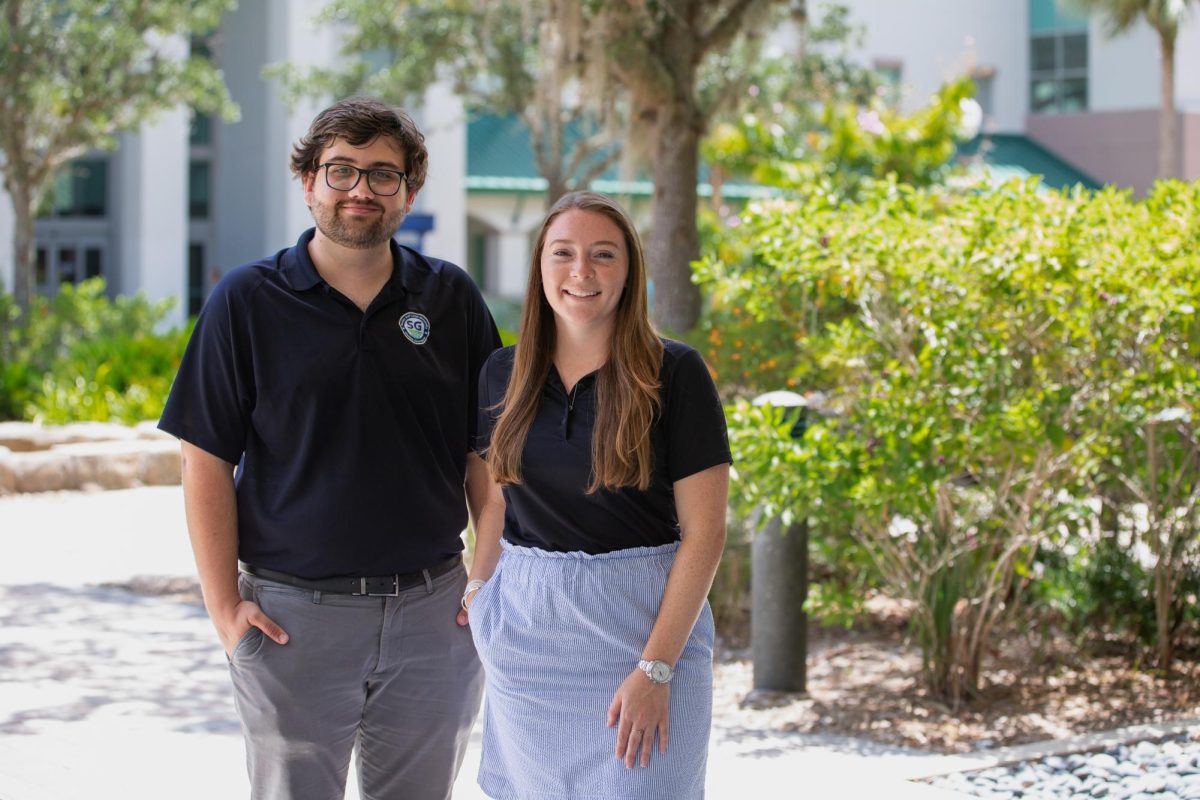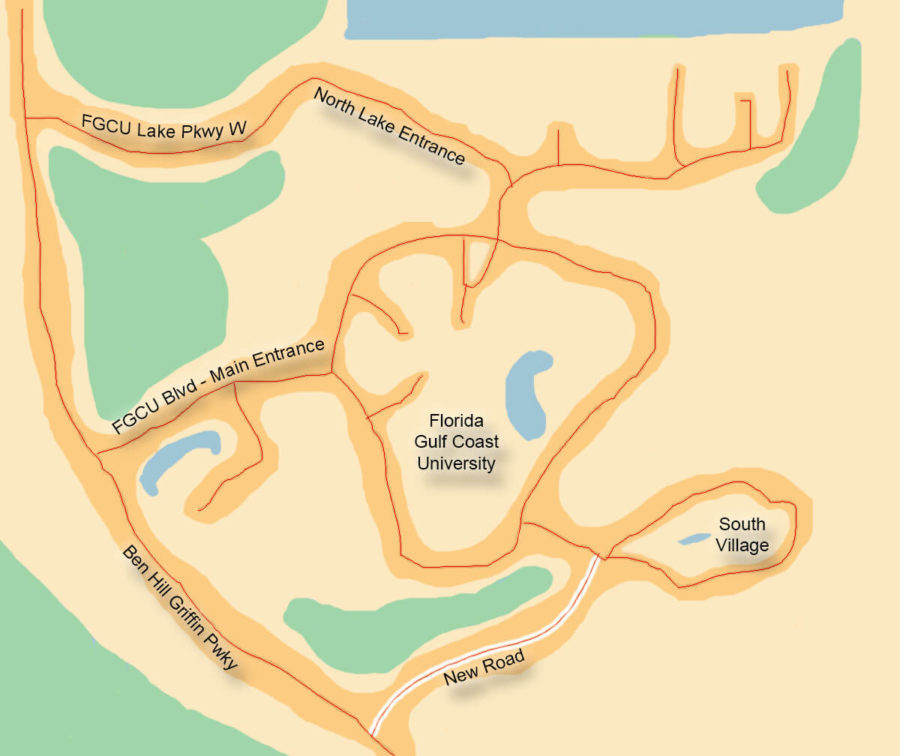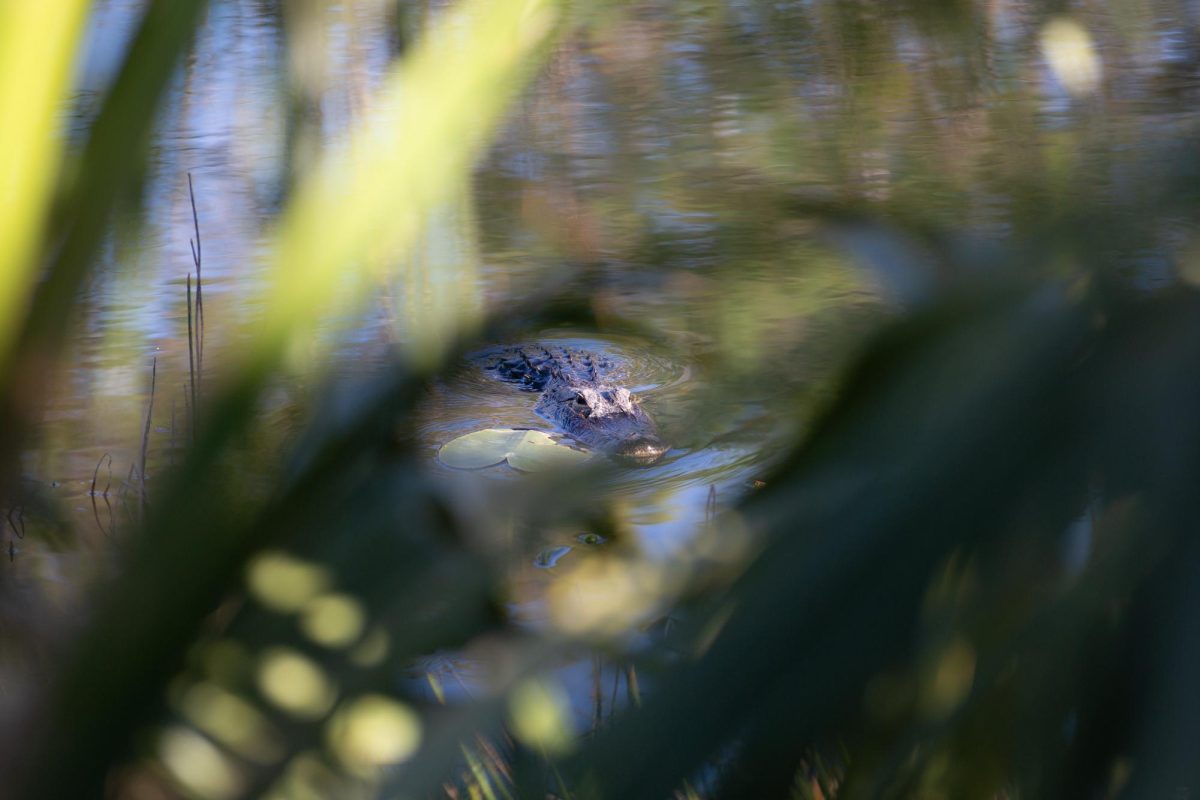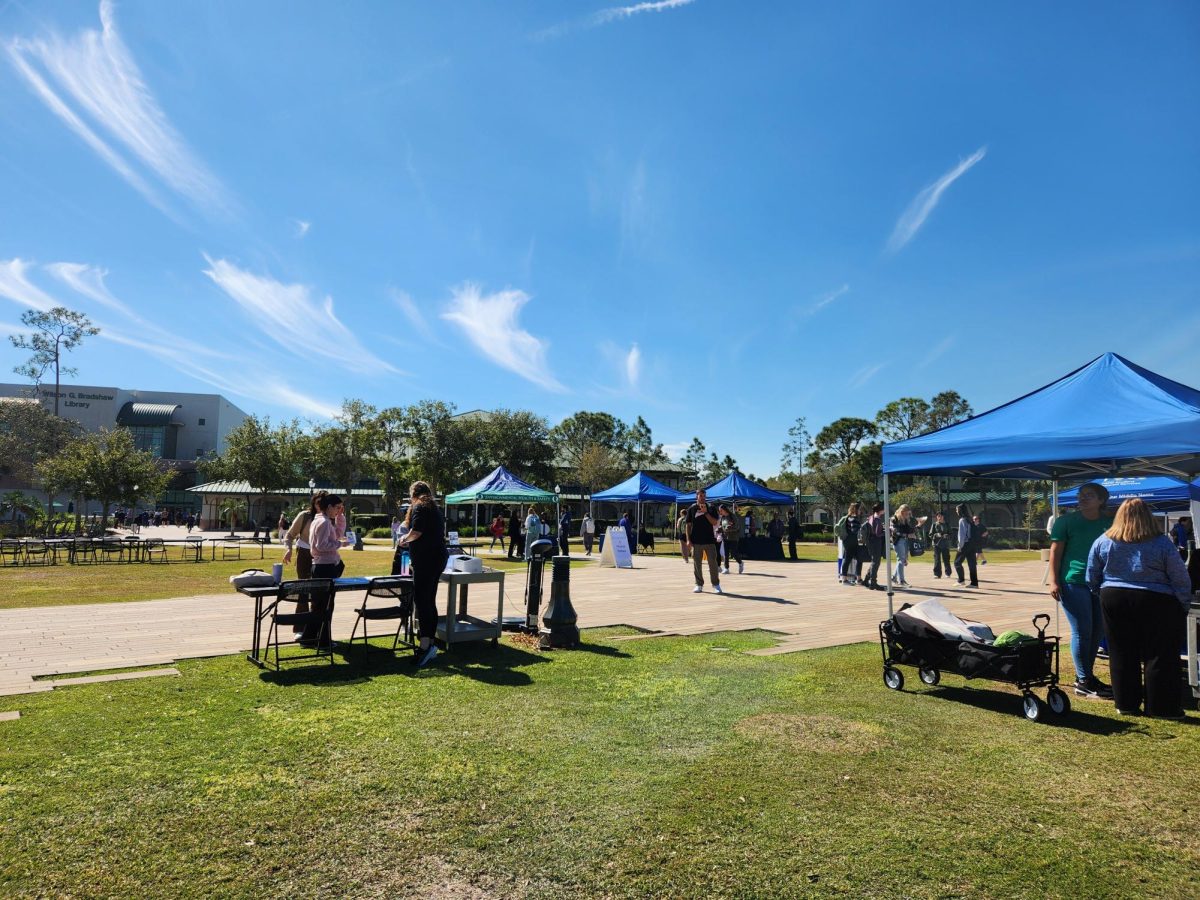As I was reading the the Jan. 5 issue of Eagle News, there was a rather intriguing article that caught my eye. It was an article written by Jimena Tavel pertaining to the possible construction of a road connecting Ben Hill Griffin Parkway to South Village.
All seemed fine, good quotes along with good facts, until I saw what the potential (final) cost of this project will be, $1 million!
Let me repeat: $1 million construction costs for a piece of road that will barely be pushing half a mile in length.
Now I am not a construction worker, nor am I a road construction engineer, but I have a very difficult time understanding why this piece of road has such a high cost.
Are there pieces of diamonds being encrusted into the tar once the road is poured out? Will there be automatic sidewalks that retract when no pedestrians are walking on the sides?
I doubt either one of those will be the case. I can completely understand the need for this road to be constructed, because as mentioned in the article by Tavel, the new road will serve as an emergency exit for SoVi residents and hopefully will eliminate traffic congestion along campus roads. The need for the road is completely understandable, but the price for this road is not anywhere near comprehendible.
Perhaps instead of constructing an old-fashioned road out of tar, we should continue to thrive in Florida Gulf Coast University’s effort to become more environmentally friendly and build a solar road. Solar roads are highways that are essentially made out of solar panels that support massive amounts of weight and have a huge central energy grid below the road that stores energy throughout the day and then transfers it as needed throughout the night.
All seemed fine, good quotes along with good facts, until I saw what the potential (final) cost of this project will be, $1 million!
Let me repeat: $1 million construction costs for a piece of road that will barely be pushing half a mile in length.
Now I am not a construction worker, nor am I a road construction engineer, but I have a very difficult time understanding why this piece of road has such a high cost.
Are there pieces of diamonds being encrusted into the tar once the road is poured out? Will there be automatic sidewalks that retract when no pedestrians are walking on the sides?
I doubt either one of those will be the case. I can completely understand the need for this road to be constructed, because as mentioned in the article by Tavel, the new road will serve as an emergency exit for SoVi residents and hopefully will eliminate traffic congestion along campus roads. The need for the road is completely understandable, but the price for this road is not anywhere near comprehendible.
Perhaps instead of constructing an old-fashioned road out of tar, we should continue to thrive in Florida Gulf Coast University’s effort to become more environmentally friendly and build a solar road. Solar roads are highways that are essentially made out of solar panels that support massive amounts of weight and have a huge central energy grid below the road that stores energy throughout the day and then transfers it as needed throughout the night.
Now, a project like this costing $1 million is understandable because in the long run, the solar road will pay for itself by distributing energy and reducing energy costs in general. The actual price of this project would vary, but according to the Solarroadways.com website, a 12-by-12 panel costs around $10,000, which could put the price anywhere between $5 million and $8 million.
Yes, the price of the solar road is much more, but it ends up having beneficial effects in the long run and will help save money on other campus expenses. The tar road, on the other hand, is built once and then no further financial gain is really made. The typical tar road does not harness energy nor does it have the ability to store energy and transfer it.
So, I ask all of my fellow FGCU students, is it really worth $1 million for a piece of tar that will cause nothing but havoc during its construction period? Or are we going to push a “greener” initiative and strive for a more economical decision that would have less of an impact on the environment? Let’s stand up for what is right and assist in the building of a more environmentally friendly campus.
Yes, the price of the solar road is much more, but it ends up having beneficial effects in the long run and will help save money on other campus expenses. The tar road, on the other hand, is built once and then no further financial gain is really made. The typical tar road does not harness energy nor does it have the ability to store energy and transfer it.
So, I ask all of my fellow FGCU students, is it really worth $1 million for a piece of tar that will cause nothing but havoc during its construction period? Or are we going to push a “greener” initiative and strive for a more economical decision that would have less of an impact on the environment? Let’s stand up for what is right and assist in the building of a more environmentally friendly campus.
Story continues below advertisement







































